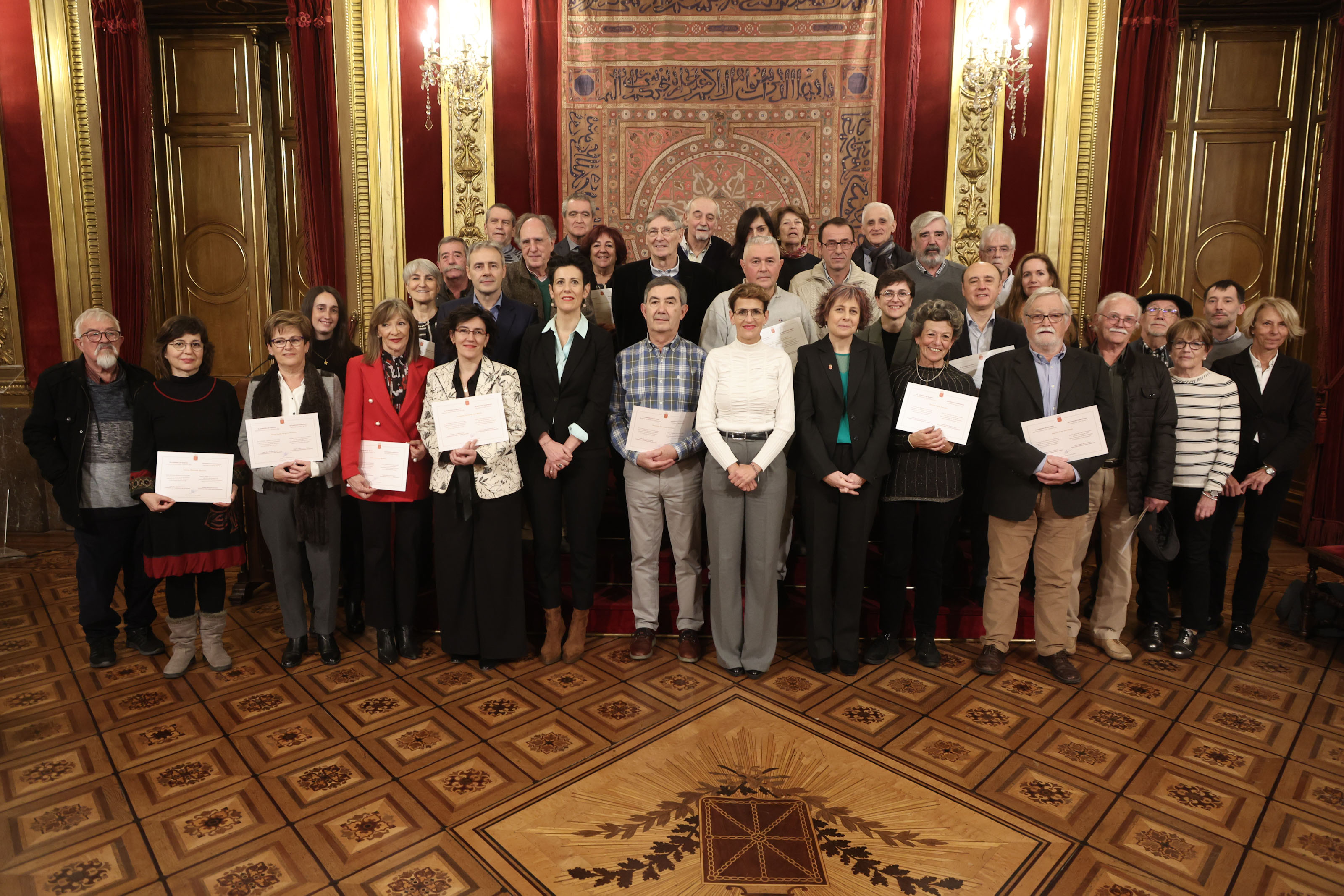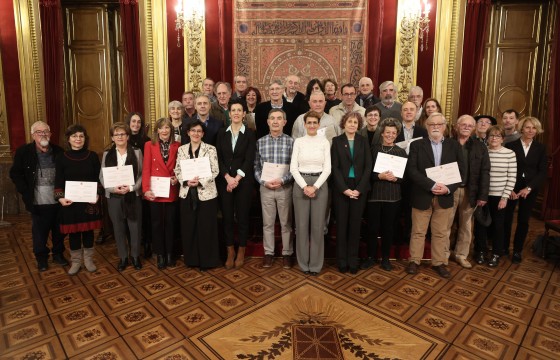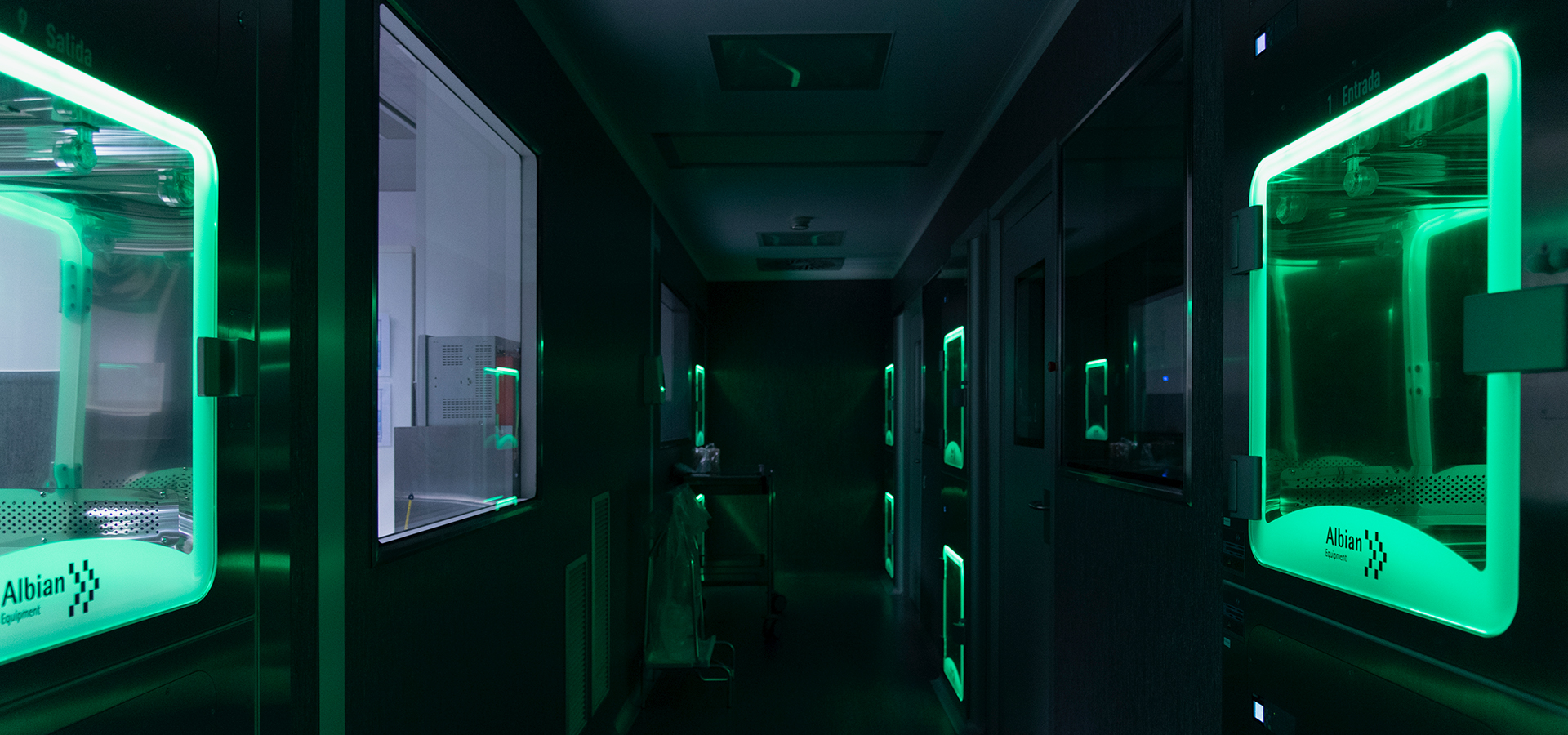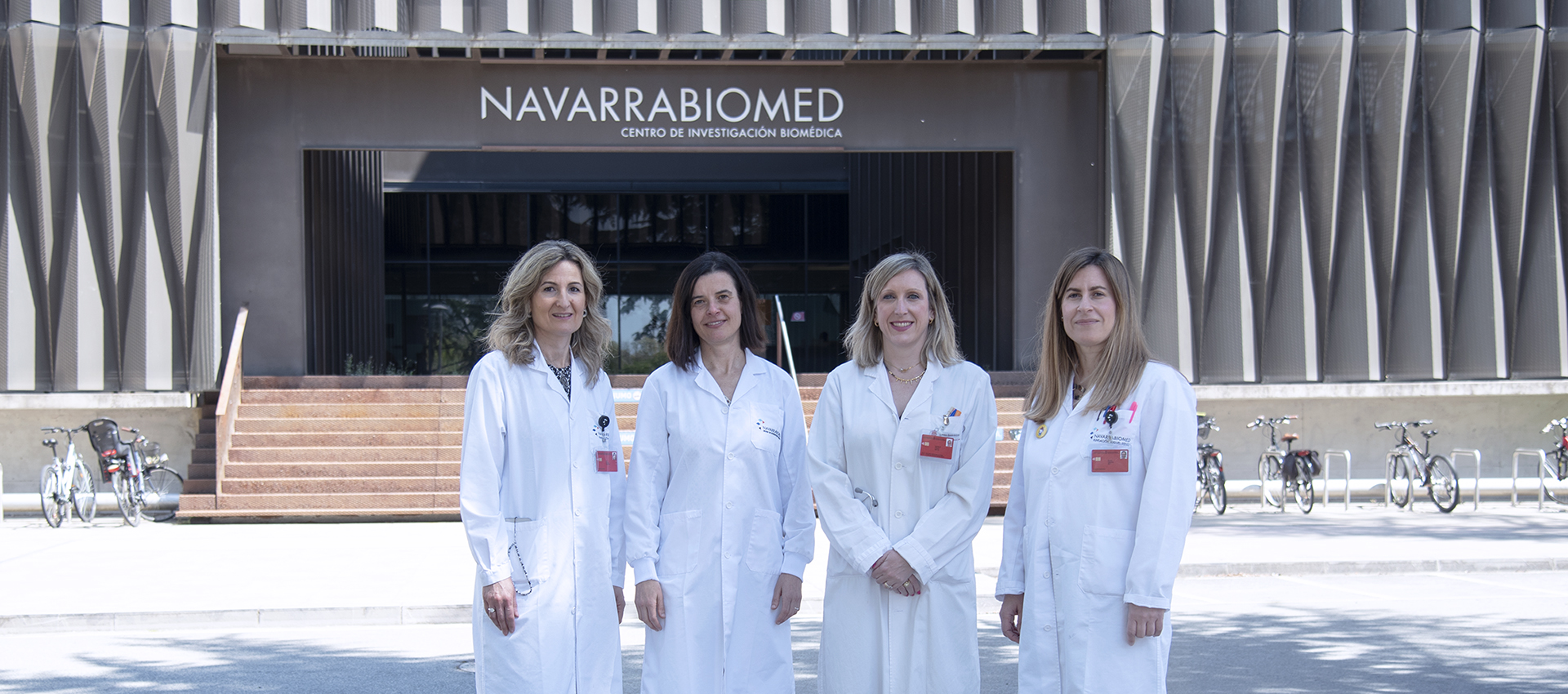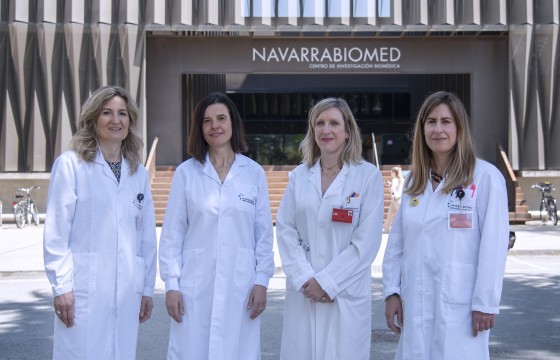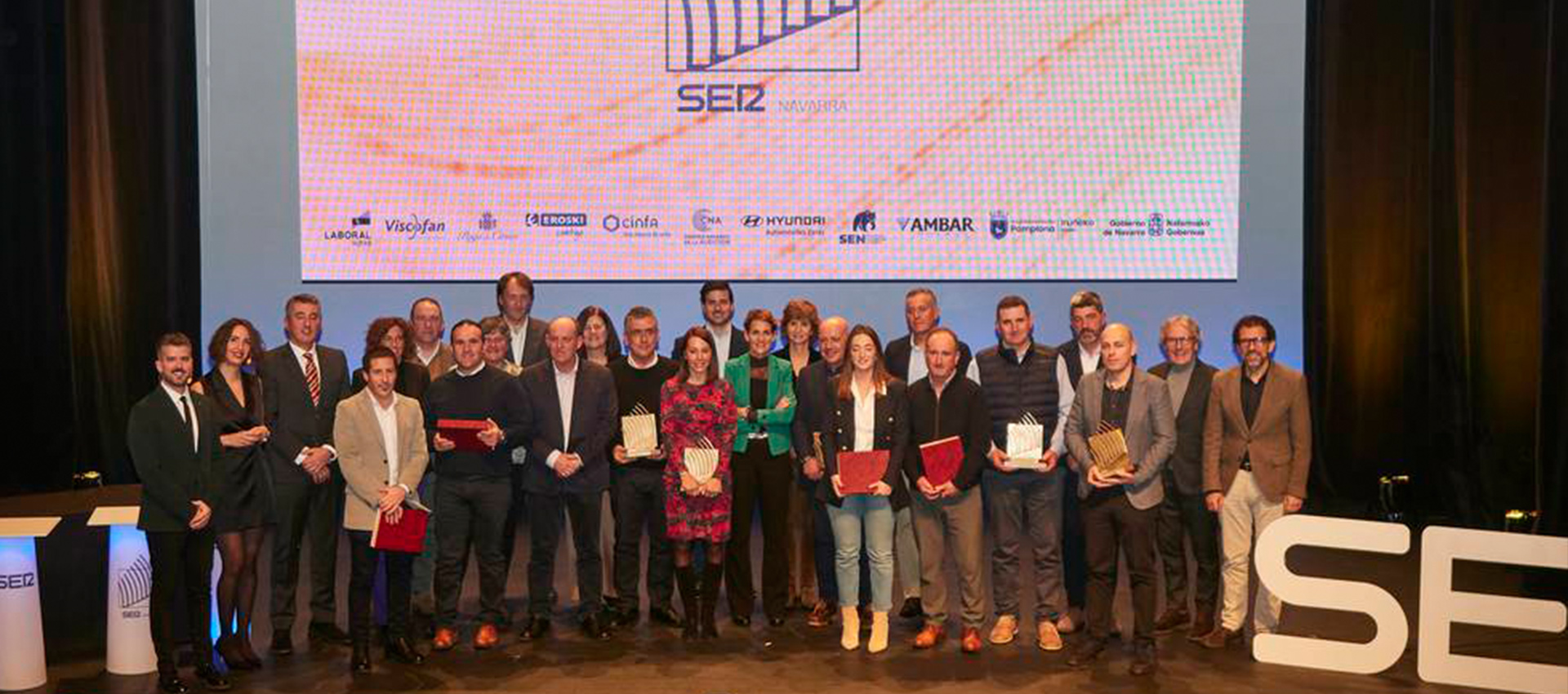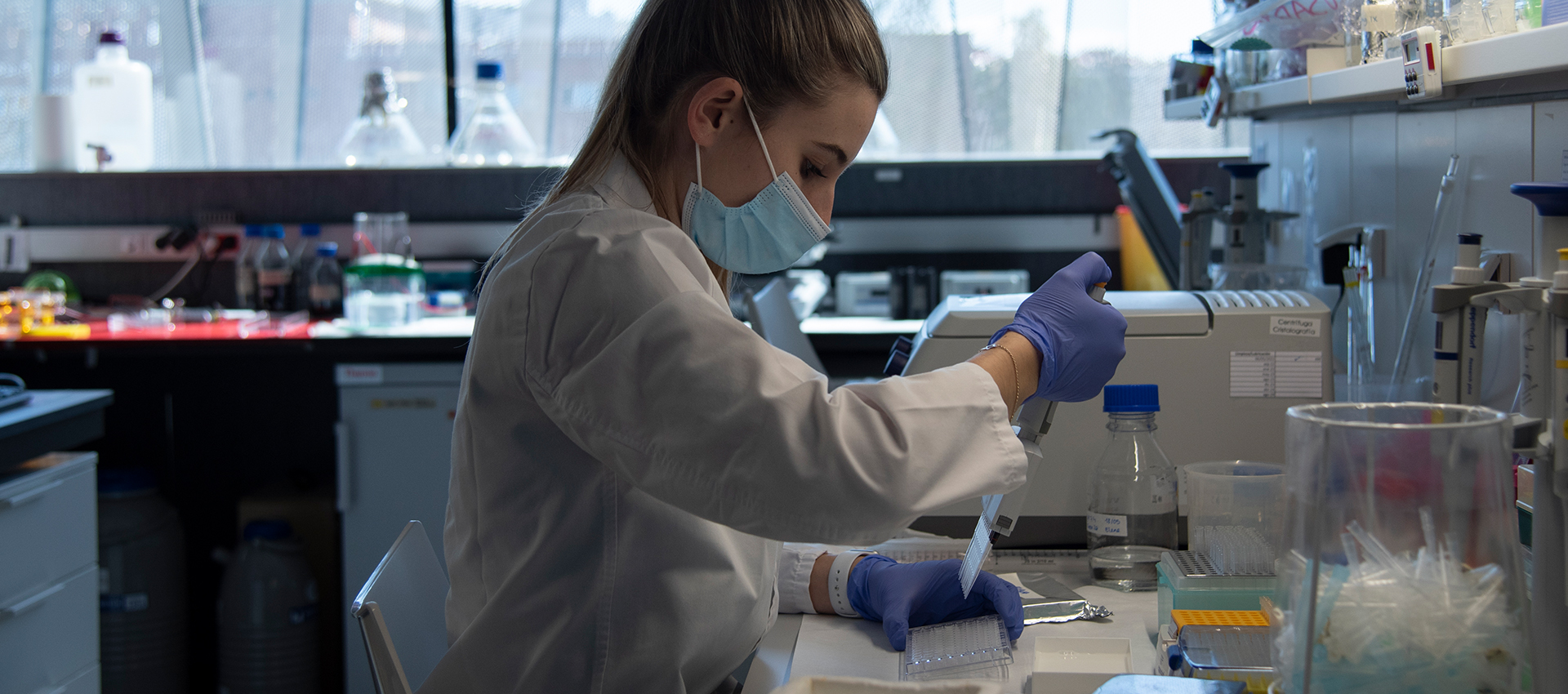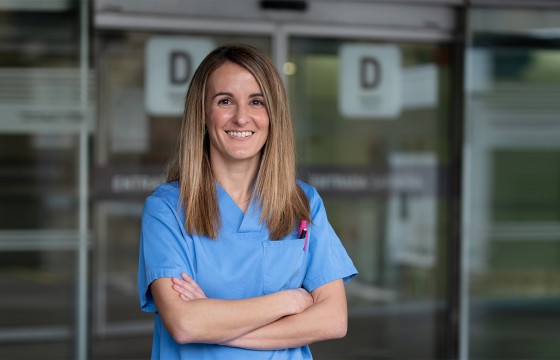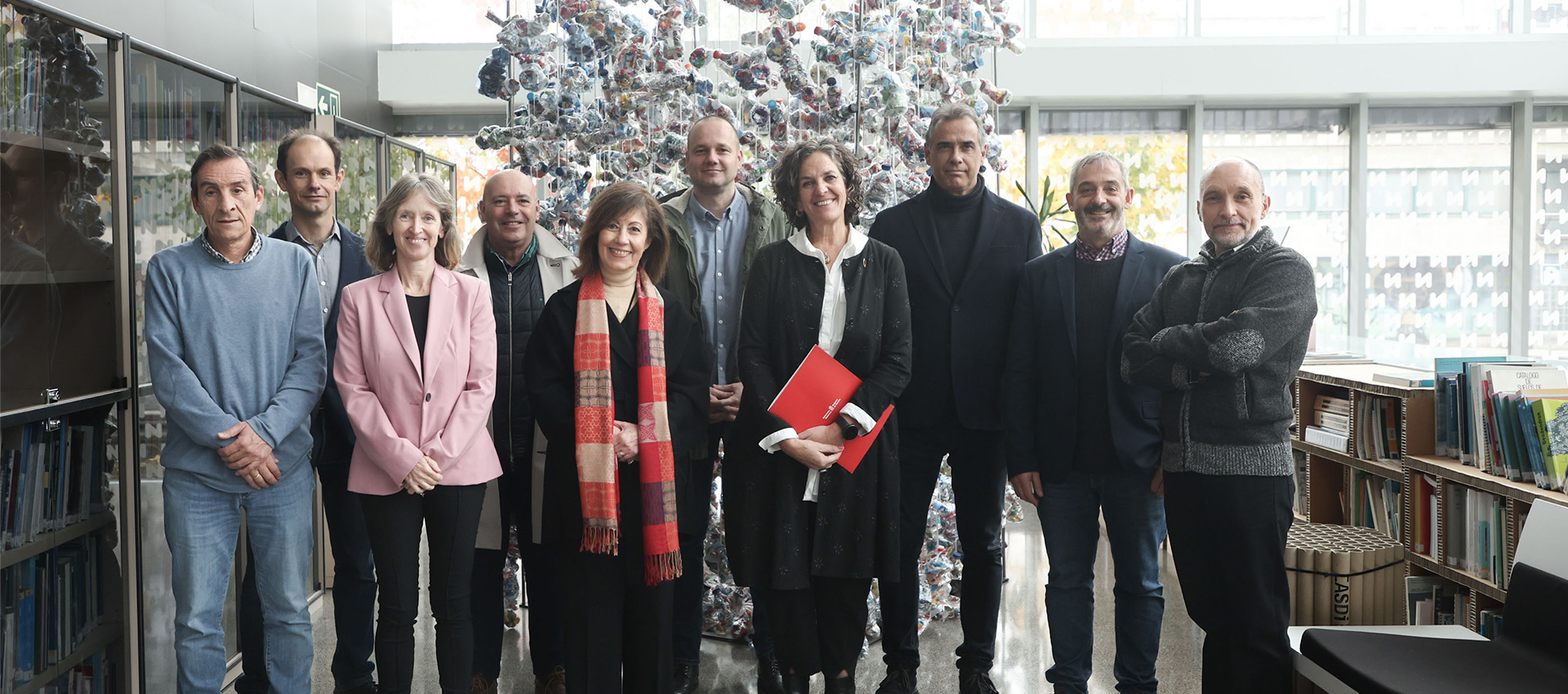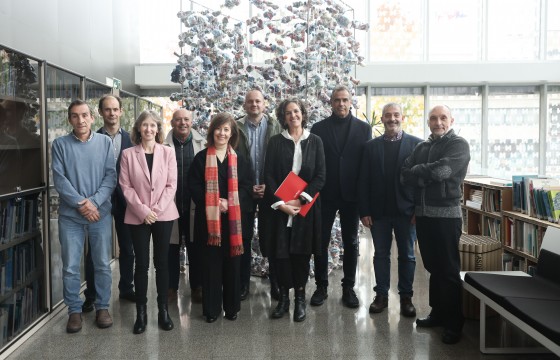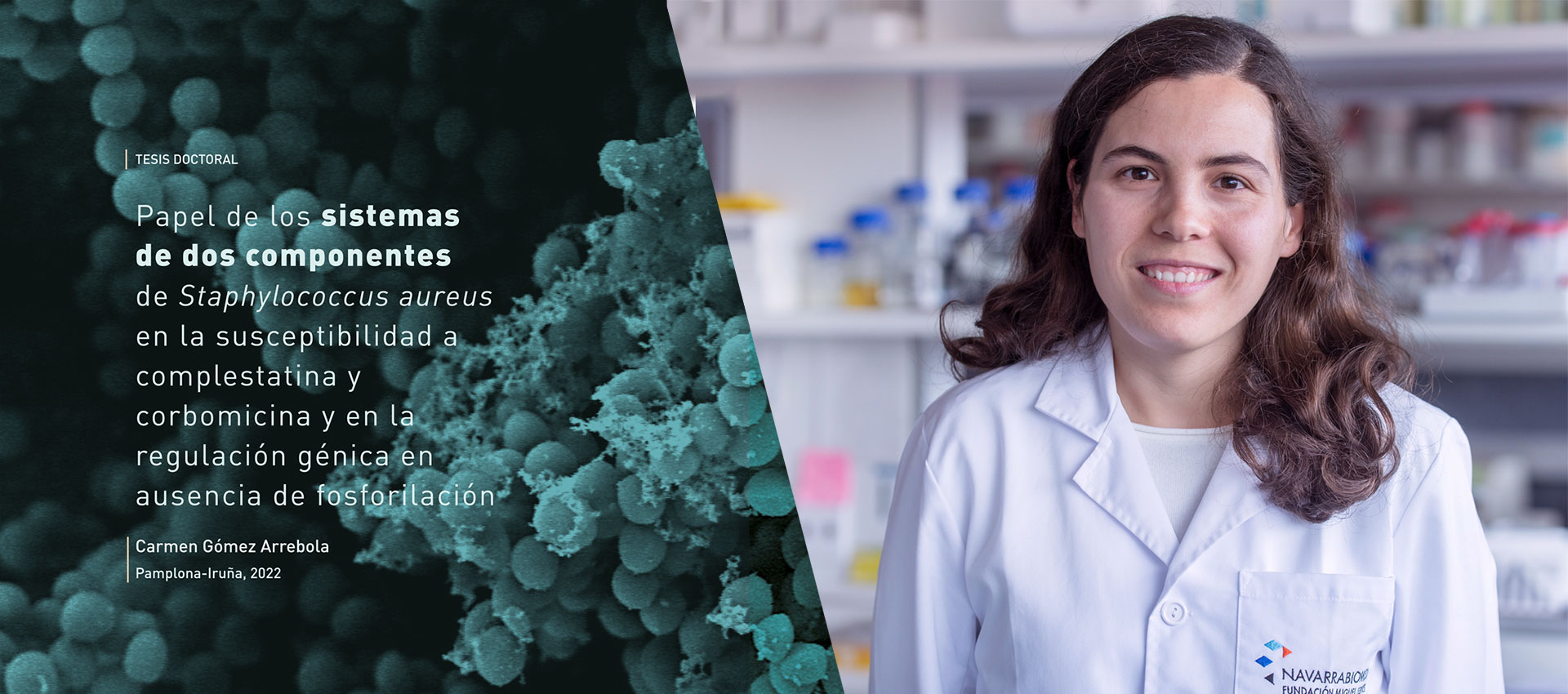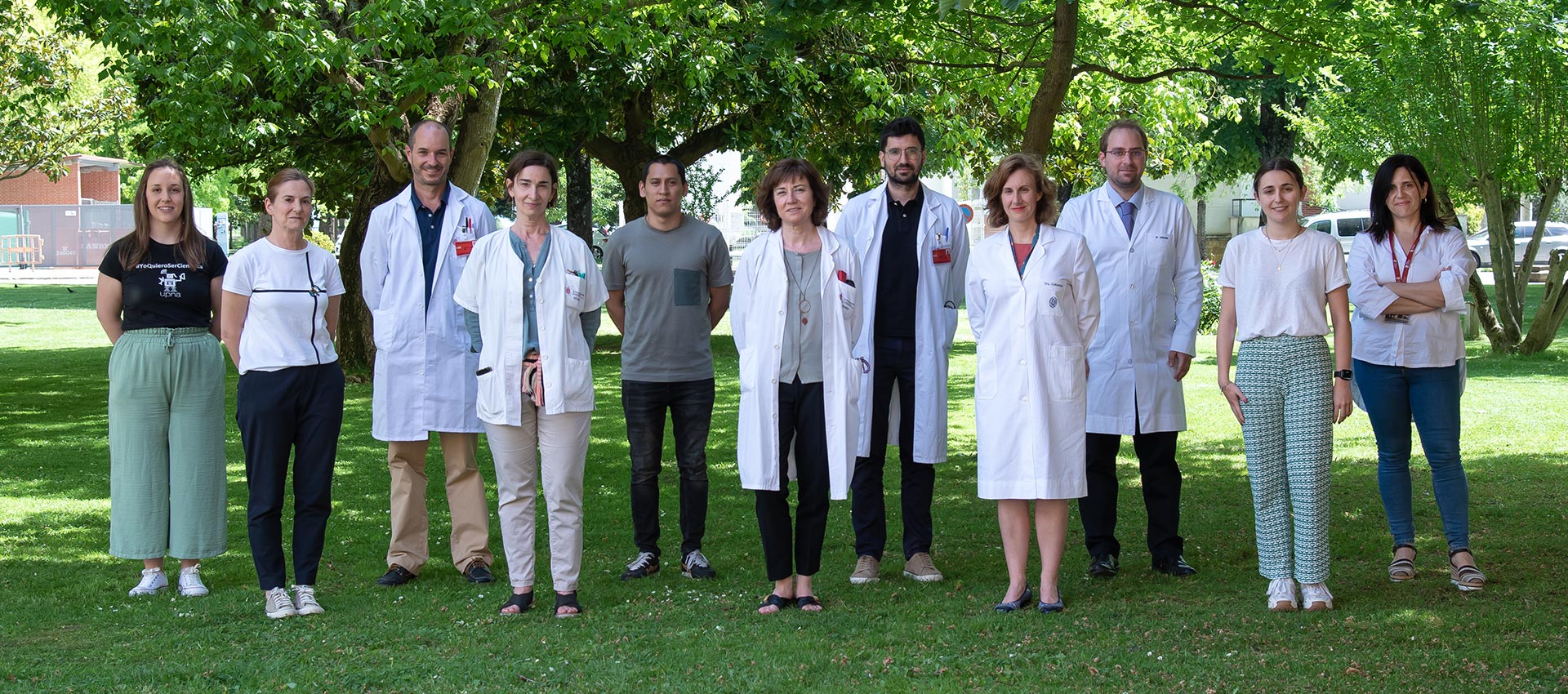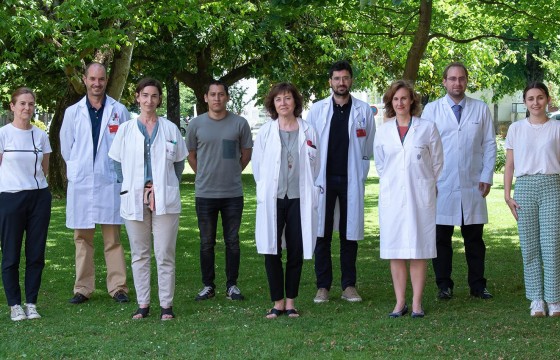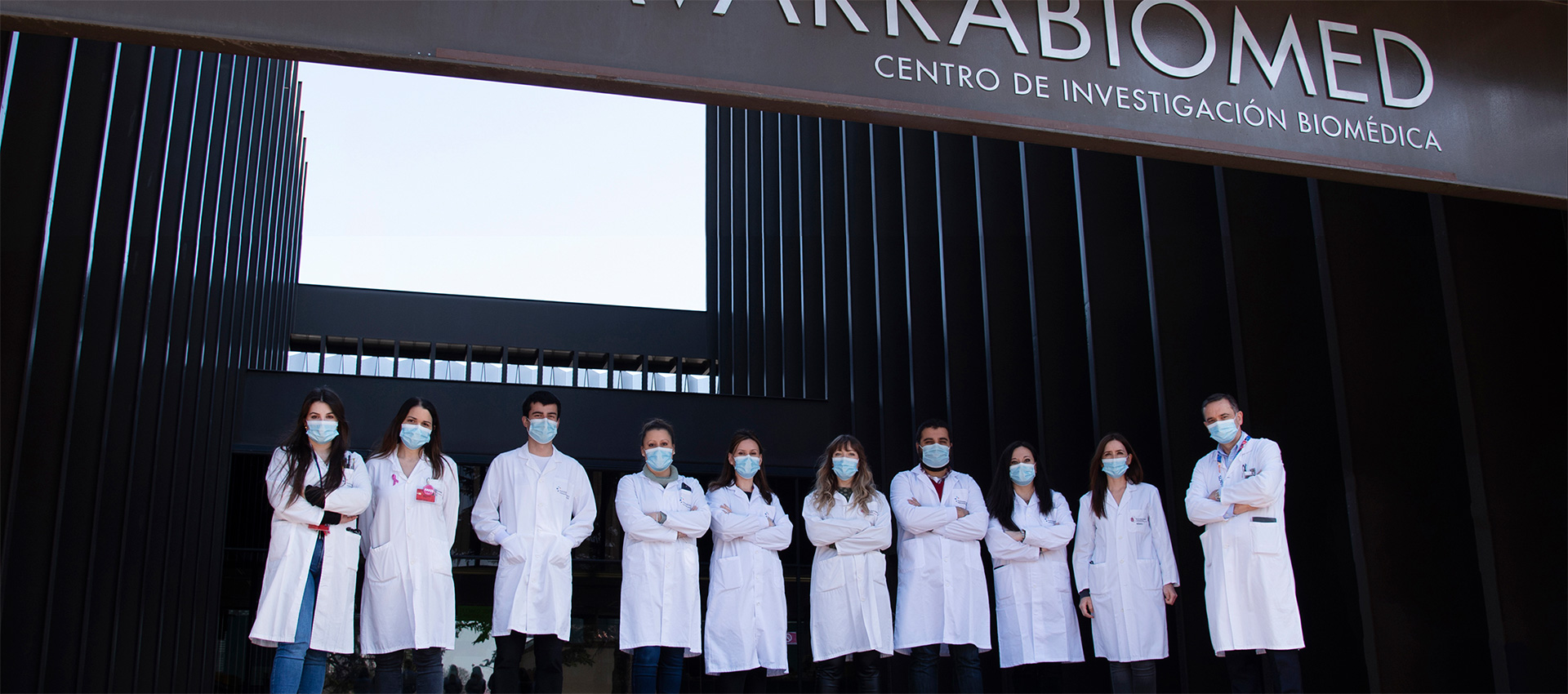- Navarrabiomed participates together with the Department of Rural Development and Environment, the UPNA, CSIC-IDAB and the public companies INTIA and Nasertic and the company Josenea
The Government of Navarra has approved at this Wednesday's session its initiative to join the Navarra Association for Hemp Research (ANIC), promoted by the Department of Rural Development and Environment and that will be established shortly together with the UPNA (and its two institutes, ISFOOD-Institute for Innovation and Sustainable Development of the Food Chain- and IMAB -Institute for Multidisciplinary Research in Applied Biology), Navarrabiomed (biomedical research centre), the CSIC-IDAB (Institute of Agrobiotechnology of the Higher Scientific Research Centre), the public companies INTIA and Nasertic and the private company Josenea.
The purpose of the Association is to obtain and manage, with a criterion of equity between the partners and with a territorial vision for Navarra, the relevant licenses or authorizations of the Spanish Agency for Medicines and Health Products (AEMPS) and, specifically, the authorization for the cultivation of hemp plants for research purposes; the authorization for the cultivation of these plants for medical and scientific purposes; and, subsequently and on an annual basis, the annual authorization of total area and plots for the cultivation of hemp plants.
In addition, the objectives of the ANIC are:
- To group and coordinate all those operating with industrial or medicinal hemp in Navarra, at present or in the future, providing them with a legal tool for coordination and sectoral dialogue for their institutional and intersectoral relations.
- To promote cooperation between companies, research and training centres and institutions for the boosting, growth and coordination of the industrial and medicinal hemp sector in Navarra, in its aspects of research, cultivation, industrial transformation and marketing of final product, encouraging the design and launch of collaborative projects.
- To contribute to the promotion of research, development and innovation in the industrial and medicinal hemp sector of Navarra, in all links of the value chain, and with special emphasis on: the development of new varieties of industrial and medicinal hemp and genetic research; in the research of medical, pharmacological, food, industrial and cosmetic properties of hemp; in the research of medicinal, industrial and commercial applications of its derivatives; in the research of the economic potentials of industrial and medicinal hemp as an alternative crop for economically disadvantaged areas and/or in risk of depopulation; and any new line of research that may be interesting for the sector and the territory of the Autonomous Community of Navarra.
- To create, consolidate and enhance a sectoral image for all the economic and research activity that is generated around industrial and medicinal hemp in Navarra, and that includes all aspects of research, agricultural, cultivation, industrial, biomedical and commercial aspects.
- And, finally, to facilitate and coordinate sectoral relations at the national and international levels.
Gómez: "Navarra has great potential in the entire value chain”
After its approval in the Government session, the Minister of Rural Development and Environment, Itziar Gómez, has presented this initiative accompanied by representatives from the various centres, societies and the company that will be part of the Association. The minister stressed that "Navarra has great potential in the entire value chain: a strong agricultural sector, personnel and reference centres in research, as well as important pharmaceutical and agri-food companies”.
“Therefore, we believe that the Regional Community can be a reference and be well positioned for the new regulatory framework in the matter that is planned for 2023. Interestingly those who want to operate in this area in Navarra are well established at the starting line of a new economic sector that can thrive and for which Navarra, as said, has potential throughout the value chain,” she explained.
As the minister has pointed out, the Department “has been working on this issue since 2020. Early that year we commissioned a study on the potentialities of hemp cultivation as a strategic circular economy and innovation project for Navarra and from there we continued to take steps”.
On the one hand, we contacted the AEMPS (Spanish Agency for Medicines and Health Products), “who grants the licenses, to verify with them the real possibilities of promoting a project with a research license and, on the other hand, making an appeal to different agents that we understood might be interested in hemp research to design together a project to carry out,” she explained.
As explained by Itziar Gómez, “The truth is that we had a very good reception in terms of forming a working group to boost research. In addition to those now present, we also contacted pharmaceutical companies and other private companies that do not rule out participating in the Association at a later stage. In fact, the association is open to the incorporation of new partners”.
The current phase of the association, in addition to its own incorporation, focuses on submitting a research project to the AEMPS to obtain a research license, so, at this moment in the process, the objective is not commercial cultivation.
Once the association is formally constituted and once approved the proposed statutes in the Government Agreement record approved at today's session, the Autonomous Community of Navarra will belong to the association as sponsor or founder, participating in the act of incorporation of the association.
Research project
In parallel to the steps for the constitution of the Association, its members have worked on a first research project that they are finalizing to present to the AEMPS once the ANIC is set up.
This is a variety testing project. It consists of selecting hemp varieties with a high CBD content (a non-psychoactive component of hemp) and a low THC content (psychoactive component), adapted to the growing conditions of Navarra, taking into account morphological, physiological, agronomic (phenotypic in general) and genotypic characteristics (by using molecular markers indicating the THC/CBD chemotype ratio of the varieties).
In addition, a second objective is the study and characterization of the derived products for their marketing by industries of the agri-food sector as proteins and lipids of nutritional interest and biocompounds from the selected varieties.
The project would be located on the Josenea de Lumbier farm that meets the prerequisites set by the AEMPS, that is, it is located in a closed, video-monitored environment, near a population centre and a police station or civil guard station.
Photo caption L-R: Ignacio Gil (General Directorate of Agriculture and Livestock); Luis Orcaray (INTIA); Maite Mendioroz (Navarrabiomed); Txus Cía (Josenea); Lucía Ramírez (IMAB-UPNA); Gonzalo Rodríguez (NASERTIC); Itziar Gómez (minister); José María González de Diego (CSIC-IDAB); Natxo Irigoien (UPNA); and Patxi Ibáñez (ISFOOD-UPNA) .
